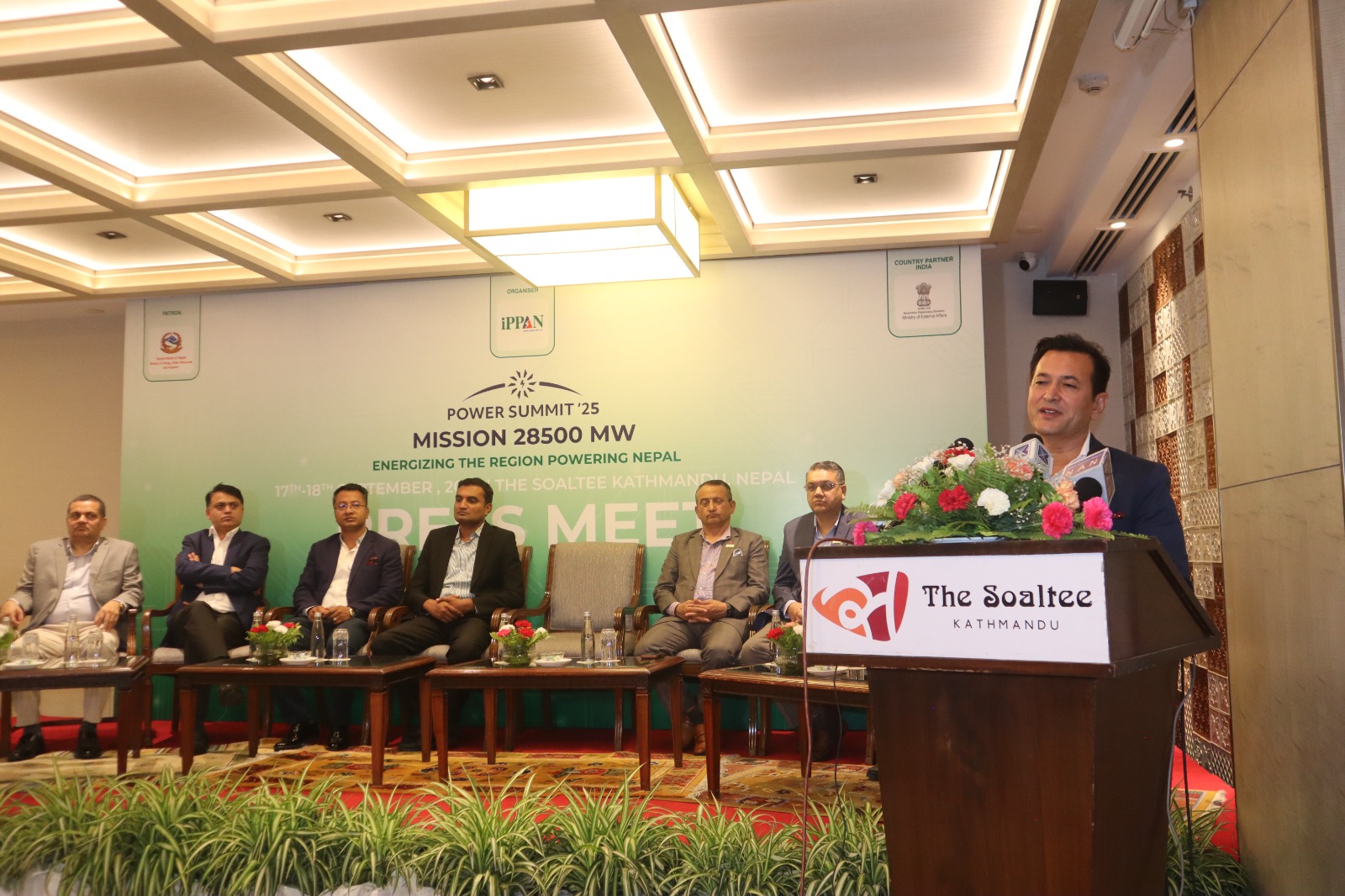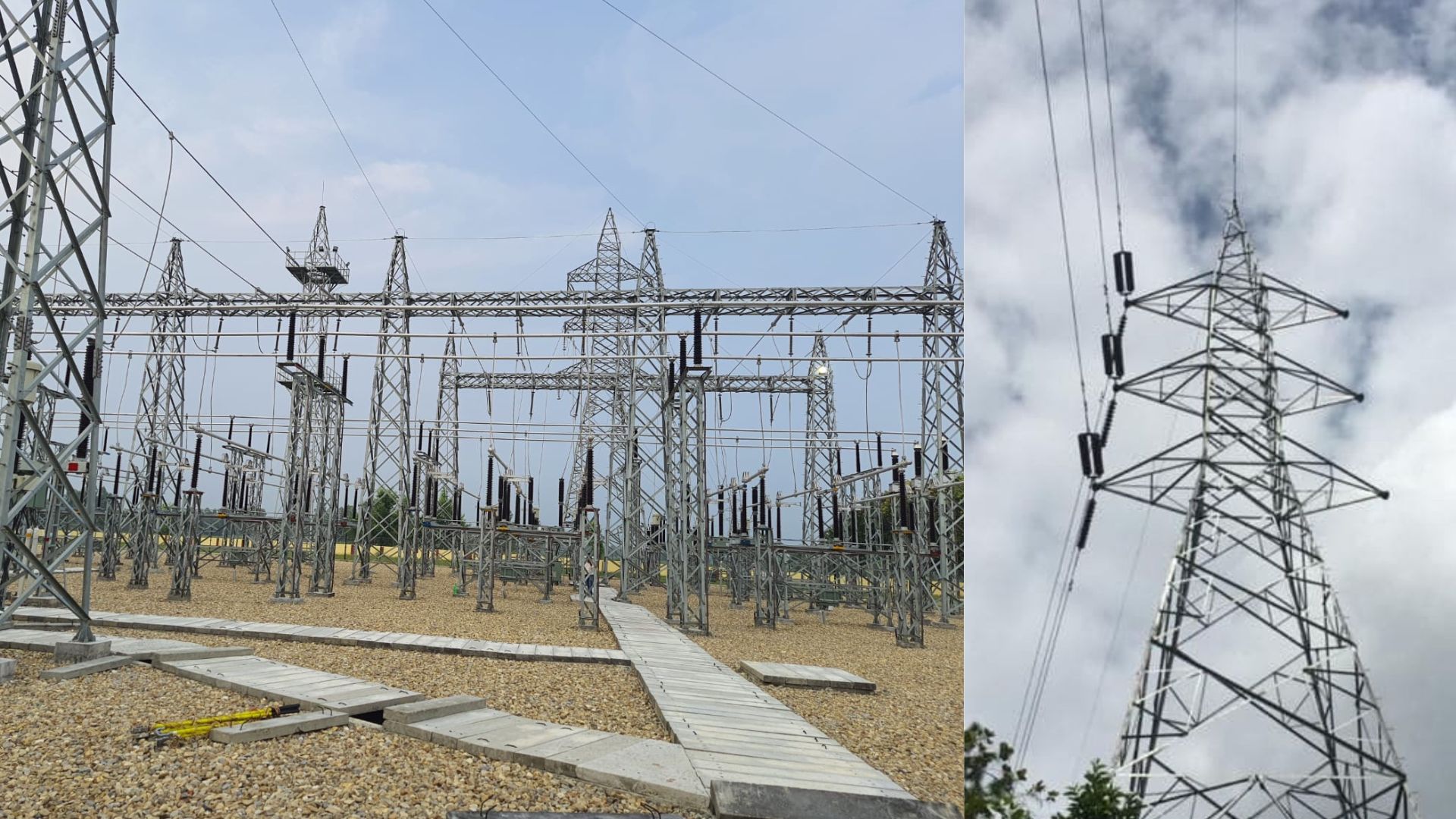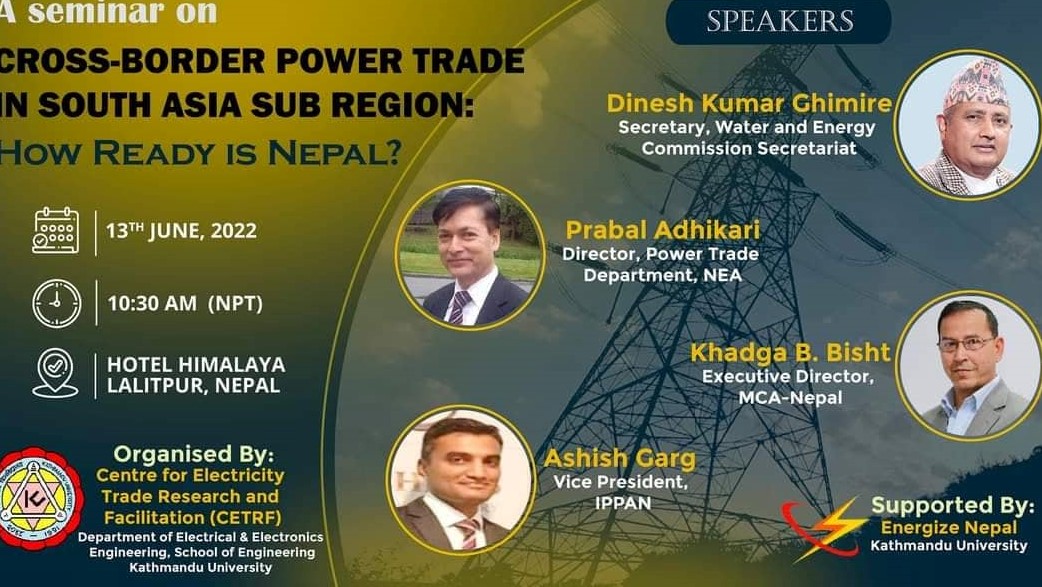

Finally, the rains begin. And it is the start of the monsoon period and the end of the dry in most of the region of the country. In these last few months, all the animals and plants highly wished for a wet day which is possible only in the dream. Now the dream comes true and the rain starts. In my lifetime this is the driest and hottest period that I have observed. Maybe the final statically data will publish later but I can say we had a drought in this period.
What is drought?
It is very difficult to define drought. The flood can be defined easily. It is like an antonym of food. Drought is a continuous variation from normal conditions leading to lower availability of water. Generally, this is due to lower-than-average precipitation, though higher-than-average temperatures may also disturb the availability of water.
An American metrologist Ivan Ray Tannehill (1947) has defined drought in a unique way “We have no good definition of drought. We may say truthfully that we scarcely know a drought when we see one. We welcome the first clear day after a rainy spell. Rainless days continue for a time and we are pleased to have a long spell of such fine weather. It keeps on and we are a little worried. A few days more and we are really in trouble. The first rainless day in a spell of fine weather contributes as much to drought as the last, but no one knows how serious it will be until the last dry day is gone and the rains have come again.. we are not sure about it until the crops have withered and died.
How can we measure drought?
There are some indicators as per the types of drought. To find the indicator we should have the long-term time series data, more than 30 years is better. 10 years’ data may not be useful because drought might occur for a decade.
Standardized Precipitation Index (SPI) is for metrological drought. Standardized Precipitation & Evapotranspiration Index (SPEI) is for metrological and agricultural drought. Crop Moisture Index (CMI) for agricultural drought. Normalized Difference Vegetation Index (NDVI) and Vegetation Condition Index (VCI) are also for agricultural drought. Standardized Runoff Index (SRI) is for hydrological drought.
Remote sensing data are widely used to measure drought indexes nowadays.
Impacts of Drought
Drought is a common natural disaster in all the countries. All over the world; in Asia, Africa and America drought has severe problems in the agriculture sectors. The major agricultural and farming effects of drought are; 70 % of people depend on agriculture and farming, drought increases poverty, the agriculture and farming sector contributes one-third of the national GDP, drought increases economic uncertainty, creates less attraction due to the high risk in farming so changing their profession from farming to others as a result lots of agricultural products shall be imported from other countries. Drought significantly reduces milk production, and impact on cattle’s or pastoralist and industry too. The groundwater is rapidly lowered due to drought. Social and economic impact due to agricultural drought everywhere. In Nepal, drought has generated malnutrition problems and migration problems also. The major domestic effects of drought are; feels the hot temperature, creating conflict in society, migration of people from mountain to valley, and children being used to transporting the water from the big river instead of going to school.
The major agricultural and farming effects of drought are; 70 % of people depend on agriculture and farming, drought increases poverty, the agriculture and farming sector contributes one-third of the national GDP, drought increases economic uncertainty, creates less attraction due to the high risk in farming so changing their profession from farming to others as a result lots of agricultural products shall be imported from other countries.
It impacts on wildlife too. There are several national parks, conservation areas and wild animals in our country due to the drop in water flow and dry stream results impact on wildlife inhabitants and the ecosystem. Expedite the probability of forest fires due to drought.
Most of the hydropower projects in the snow-fed river so insignificant effects of the drought. Although the projects in the mountainous and Mahabharat range are tremendously affected
What to do?
Most countries have small-scale drought management plans. Nepal has no such disaster impact plan. It has been quite late to build an action plan for drought. Drought impacts should be reduced significantly and it should be managed for social welfare and economic development. There is a greater opportunity for us. It shall be worked on two stages of short-term and long-term plans. The short-term plan includes; the donation of food, an incentive to pastoralists, rainwater harvesting, water pumping or lifting and change in crop pattern. As the long-term plan, we shall develop our infrastructure based on the river basin development plan.
The long-term plan includes; recharging the groundwater by different methods, change in irrigation methodology, rural village development for optimum use of water resources and construction of multipurpose reservoirs. We are more intensely focusing on hydropower sectors only moreover we have to develop integrated water resources development along with hydropower. However, the drought impact is in front so short-term plan is essential.
(ER. Thapa is the president of EP center Engineering Solutions PVT. LTD)









